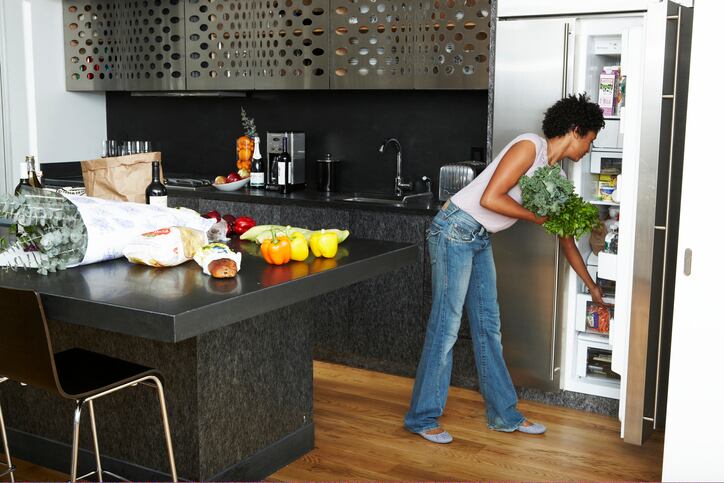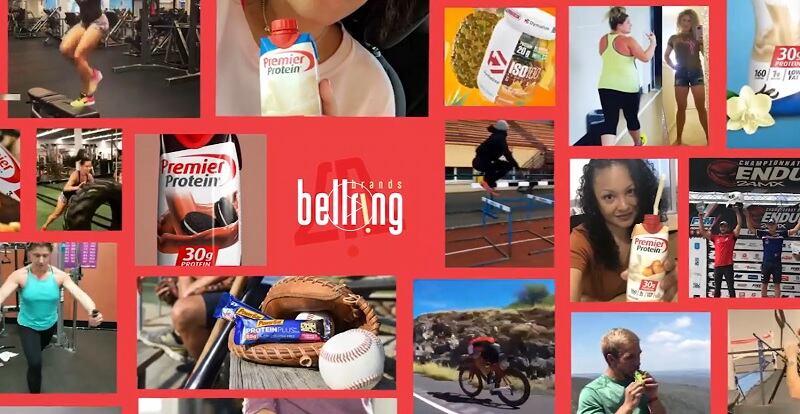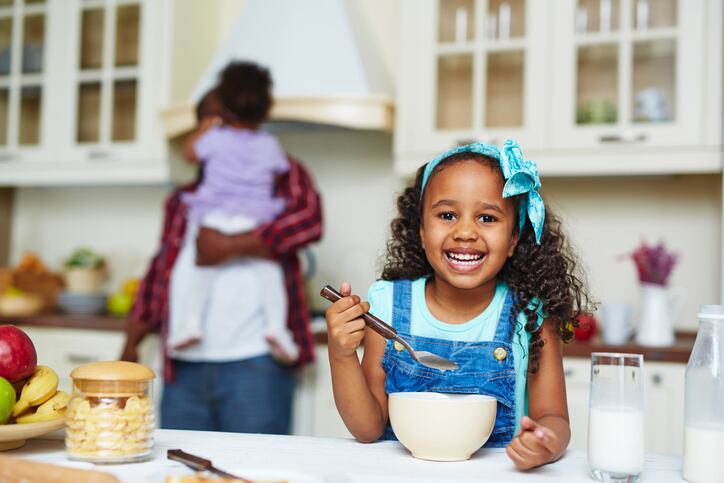At Barclays Investment Bank’s Global Consumer Staples Conference, analysts hosting virtual fireside chats and moderating company presentations expressed skepticism that they said was shared by the broader investment community about the long-term loyalty of consumers who either discovered or returned to large CPG companies during the height of the pandemic.
Over and over they asked CPG executives who presented during the two-day virtual conference Sept. 8-9 if their companies could sustain higher sales and continue to engage new consumers once threats from the pandemic ease and life returns to a new normal.
Repeatedly, the answer was yes, but for different reasons and at with different levels of ongoing investment.
Hain Celestial: Americans ‘gravitation to healthy eating … gives us a lot of confidence’
Like many established CPG food and beverage players, Hain Celestial saw “significant acceleration during the pandemic,” to the tune of about a 7% increase in adjusted net sales growth during the company’s third quarter and a roughly 8% increase during the fourth quarter, compared to slight decreases during its first and second quarters of fiscal 2020, said company president and CEO Mark Schiller.
Schiller said he believes these gains are sustainable because gains in household penetration and buying rate, including repeat purchases, suggest that they are not one-off purchases or those by existing consumers stocking their pantries.
Of the company’s “Get Bigger” brands, which it designated long-before the pandemic as product lines it planned to increase, Schiller said the 12-week consumption growth ending Aug. 9 was 18% higher than the previous year and only one percentage point lower than the 12-week period ending May 17.
At the same time, he noted, household penetration of the “Get Bigger” brands was up 10.4% and repeat purchases were up 7.5% for the 23 weeks ending Aug. 9 compared to the same time last year.
“What that says to me is that the marketing programs, the innovation, the things we were doing to change the top line trajectory are working and the consumer is voting more for Hain in those categories than other brands, as a result giving us share gain,” Schiller said.
He also noted Americans “gravitation to healthy eating” during the pandemic “gives us a lot of confidence” as a health food company that offers products that can help manage underlying health conditions and stress.
In addition, he noted, the adoption of healthier behaviors during the early days of the pandemic now “have become habits and lifestyle versus just something that you kind of move in and out of and the go back to the way you used to do things.”
Finally, he said, Hain is well positioned to meet consumers’ rapid adoption of online shopping because it is a channel where the company already played heavily before the pandemic. Schiller explained that because many of its products were not mainstream before the pandemic, they often could only be found in the natural channel or online. As a result, he said, Hain has “has strong relationships and strong growth that exceeded 30% before the crisis and now is running consistently between 50% and 100% every week.”
The company’s jumpstart in ecommerce also means it knows how to sell profitably in this channel – a skill that is not shared by all of its competitors and which sets it up for continued strong growth in 2021, Schiller said.
Mondelez steps up advertising in the back half of 2020
Like Hain, Mondelez International has enjoyed a significant jump in sales and household penetration of its packaged foods during the pandemic, but unlike Hain it cannot count on the macro trend of health and wellness to drive continued sales.
But with the help of elevated advertising and commercial support in the back half of the year, company CEO and chairman Dirk Van de Put said at Barclays’ conference that he believes the company can continue to drive longer-term higher sales.
Within the US biscuit segment, for example, he said the company is planning a 60% increase in A&C in the second half of the year compared to the same time last year. In addition, he said, the company will spend three times more in ecommerce than last year to support the segment, in which it has seen a 6% increase in new buyers during the past year with a 90% repeat purchase rate.
“We’re also boosting significantly our in-store visibility” around big events, such as back to school in the UK, and increasing multi-packs and family packs as well as co-branding assortments that will connect buyers of beloved brands with potentially lesser known ones, he said.
Beyond that, Van de Put said he expects to see consumers continue to gravitate to well-established brands, like those offered by Mondelez, throughout the duration of the pandemic, which he said he expects to last until at least the middle of 2021.
Unilever sees pandemic boosting conscious consumption
Another strategy for ensuring continued engagement of new consumers gained during the pandemic being tested by Unilever is to increase the visibility of and its play around sustainability, including both social and environmental impact, said the company’s CEO Alan Jope during the Barclays conference.
He described the rise of “conscious consumption” leading up to and turbo-charged by the pandemic as “semi-permanent” as consumers increasingly feel “that is time for businesses and brands to show more responsibility around social and environmental” issues.
Earlier this summer as Unilever entered the 10th and final year of its Sustainable Living Plan, Jope called for collective action to address social inequality and the climate, and stressed that in many ways COVID-19 has exacerbated the negative impact of these on those who are most vulnerable. As such, he said, customers and suppliers expect more from industry leaders to ensure sustainable living is commonplace.
As illustrated, companies across the CPG landscape are pulling different levers in the ongoing pandemic-fueled land rush for market share and new consumers, but with so much up in the air about the duration of lockdowns and the economic downturn, investors likely will remain skeptical for the near future and require dazzling results to sway them where solid results previously would have sufficed.



